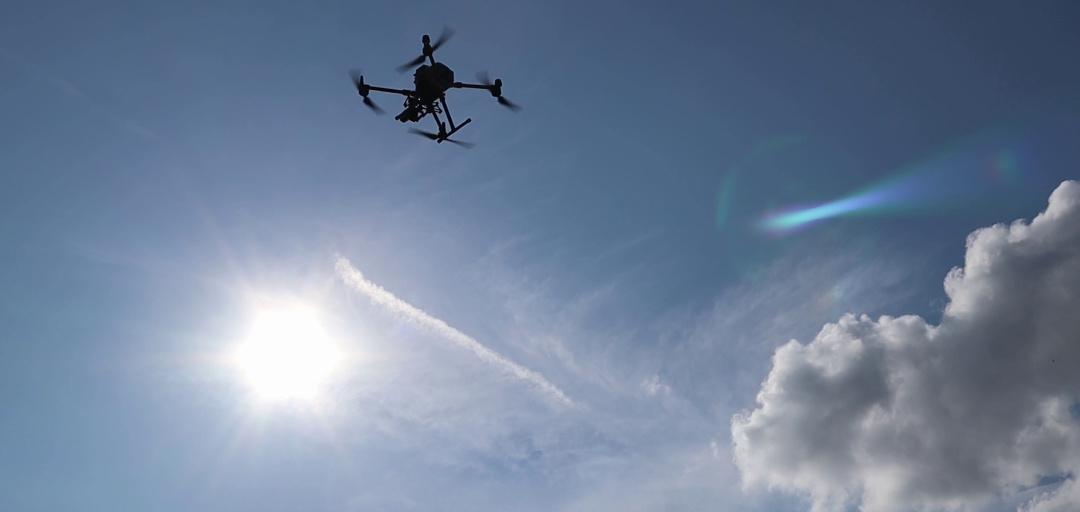Design of drone friendly signalling assets: a key factor of Radius
June 6, 2024
Radius is a European project with the purpose of demonstrating that the use of drones in the railway environment is an effective and valuable solution. The aim is to improve the monitoring of infrastructure assets and their capabilities to integrate a diagnostic system that provides reliable and secure information.
The basis for developing this project lies in introducing UAS-based technology into the railway infrastructure environment. But to do so, assets must be able to communicate with drones and exchange information on their working conditions.
In this regard, Radius is working on adapting or designing signalling assets with wireless connection that are deployed on the track so that drones can safely and reliably collect data. This system is called a local diagnostic node.
Recently Radius performed a successful test flight using this technology at the Hitachi STS headquarters at Naples (Italy).
The safe and secure interaction between the drone and the monitoring system will allow for better control of railway operations, as well as mitigate wear and tear on the system.
These wireless communication devices can be easily introduced in the design of new signalling stations, but it requires careful consideration in those that are already installed.
Radius is an ambitious project and is working to ensure that UAS technology is not limited to monitoring activities, but will provide information that is currently not being considered due to the limitations of wired communication systems.
In addition, the monitoring capabilities of the UAS used in Radius detect anomalies that cannot be monitored in an automated way today, such as vandalism or presence of extraneous objects such as ballast, debris, vegetation, scrap metals that may interfere with the assets.
Radius use cases

Here you can see details of the three different use cases of the technology:
Adapting assets to drones
As mentioned above, Radius takes a different approach to the installation of its technology in new rail infrastructure assets that will be designed as native UAS-compatible devices, incorporating the necessary hardware and software.
On the other hand, Radius will ensure that devices already in operation are retrofitted considering the requirements set out in the relevant standards. This adaptation is mandatory in order not to jeopardise product certifications.

